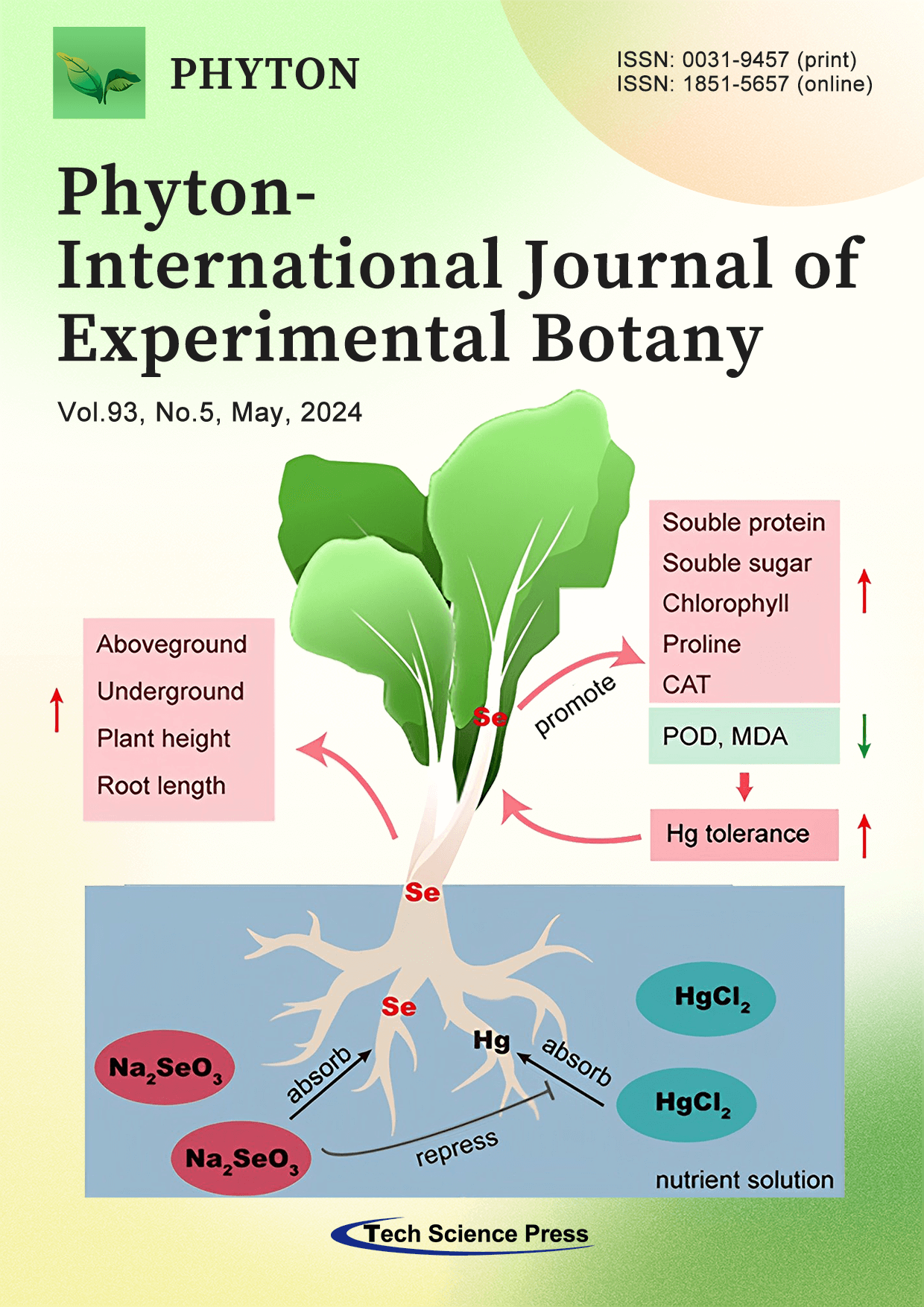
In the study, HgCl2-stressed pakchoi was more robust and showed increased levels of physiological indexes such as soluble sugars, soluble proteins, and chlorophyll following the addition of exogenous Na2SeO3. Additionally, the application of Na2SeO3 resulted in an increase in the contents of Proline and CAT, while simultaneously reducing the contents of POD and MDA, thereby enhancing the pakchoi's tolerance to mercury. Na2SeO3 has been observed to have a mitigating effect on the uptake of HgCl2 by chard. The findings can serve as a theoretical basis and technical support for exploring Pakchoi's Se-rich and Hg-resistant cultivation techniques.
View this paper